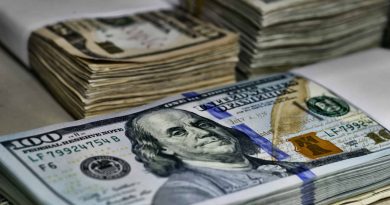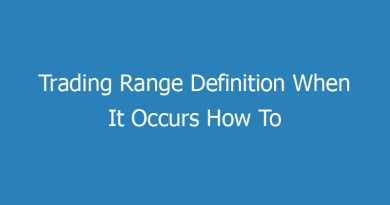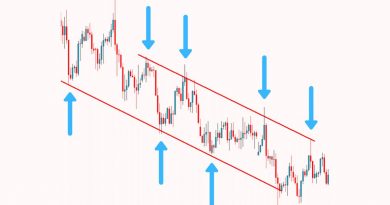Money Flow Definition Calculation Uses in Trading

Money flow is calculated by averaging the high, low, and closing prices, and multiplying by the daily volume. Comparing this result with the previous day’s number informs traders whether money flow was positive or negative. Positive money flow suggests that prices will rise, while negative money flow indicates prices are likely to fall. For example, here is negative money flow between Day One and Day Two:
Day One: High: $65 Low: $60 Close: $63 Daily Volume: 500,000 shares
500,000 x ($65 + $60 + $63) / 3 = $31,333,333
Day Two: High: $66 Low: $58 Close: $65 Daily Volume: 300,000 shares
300,000 x ($66 + $58 + $65) / 3 = $18,900,000
Positive money flow occurs when a stock is purchased at a higher price, while negative money flow occurs when the stock is purchased at a lower price. Monitoring money flow is important because trading volume usually leads price, which can help identify trading opportunities.
Many traders use the Chaikin money flow oscillator to incorporate money flow into their trading decisions. The Chaikin oscillator, created by Marc Chaikin, produces values for buying and selling pressure and uses two exponential moving averages to determine momentum, similar to the MACD indicator.
Traders also frequently use the money flow index (MFI) to analyze price and volume. The MFI divides net positive money flow by net negative money flow and plots the value as a line to identify overbought and oversold levels. An MFI above 80 indicates overbought conditions, while a value below 20 suggests oversold conditions.
Other technical indicators should be used alongside money flow indicators to improve effectiveness and reduce false trading signals.



